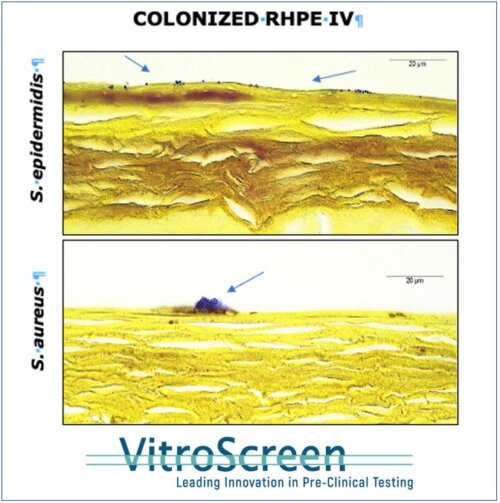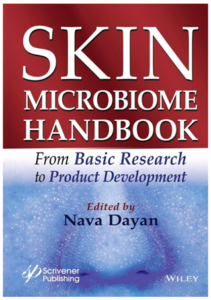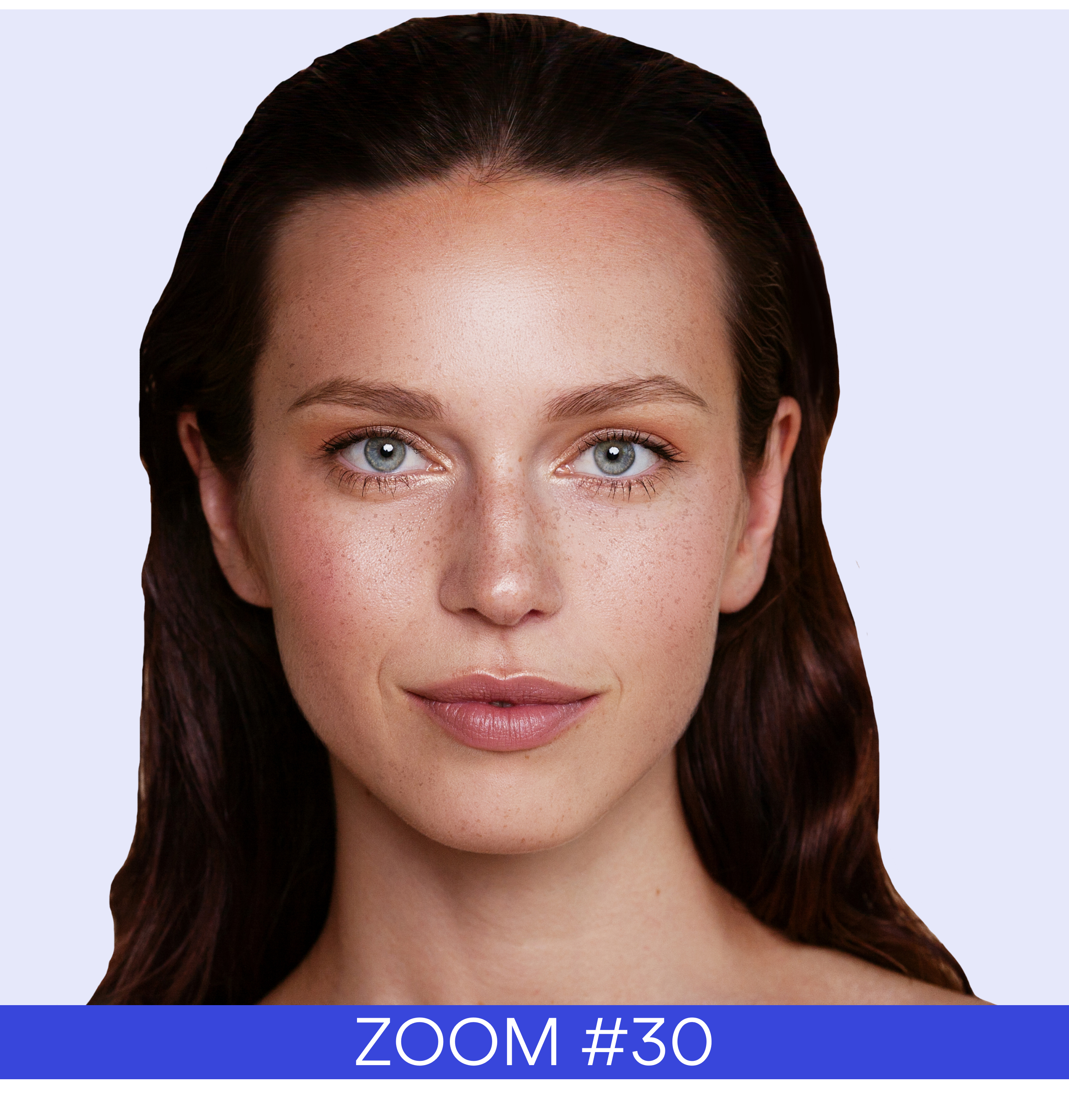Recognized for its long-date commitment and expertise on skin and body barriers microbiome research, VitroScreen has recently contributed to the book entitled ‘Skin Microbiome Handbook: From Basic Research To Product Development’ edited by Dr. Nava Dayan and published in August 2020 (Wiley) with Chapter 14 specifically addressing skin innate and immune-mediated responses to microorganisms on 3D reconstructed human skin models.
In the last decade a significant number of studies has been focused on the investigation, description and classification on skin microbiota and its clinical implications. Since the microbiota has certainly a role both in health and pathologic conditions, the challenge today is to identify and to clarify the mechanisms and the underlaying interactions between skin cells and microbiome which may result in imbalance of healthy microbiota or skin homeostasis preservation/enhancement.
To address this issue VitroScreen has created and validated pre-clinical models based on 3D reconstructed human skin models colonized with biological relevant bacterial strains.
The colonized skin models mimic the real site where the skin-microbiome interactions may occur, allowing the assessment of:
- microbiota’s influence on skin health and appearance
- product effects on skin-microbiome organ after products application at realistic exposure conditions and clinically relevant doses
- host response by molecular, biochemical, morphological analysis
- bacterial response through the assessment of adhesion, invasion, phenotype, secretome, morphology at ultrastructural level and genomic response according to host diversity (healthy skin, fragile, inflamed, aged, stressed, ethnic) and environment.
Within VitroScreen’s Microbiome Research Unit, the antagonistic behavior of S. epidermidis and S. aureus on a Reconstructed Human Pigmented Epidermis (RHPE) model has been investigated. GRAM staining on S. aureus and S. epidermidis reveals a different behavior of the 2 strains: while S. epidermidis is evenly distributed on SC surface, S. aureus forms many bacterial clusters that appear to be ready to establish a “self-protecting” biofilm structure (associated figure).

3D reconstructed skin models colonized with bacteria represent today a powerful and robust tool to explore microbiome interactions with living tissue/organs and to perform pre-clinical investigations for dermatology and cosmetic research.











 Follow us on Linkedin!
Follow us on Linkedin!
You must be logged in to post a comment.